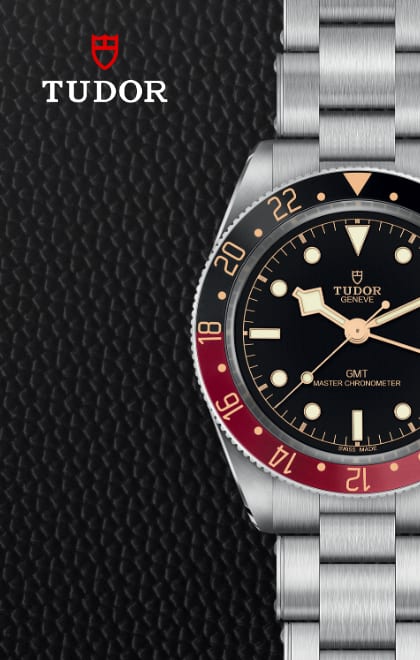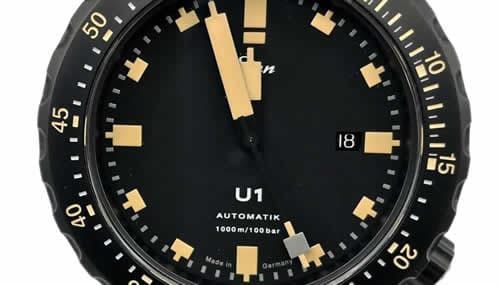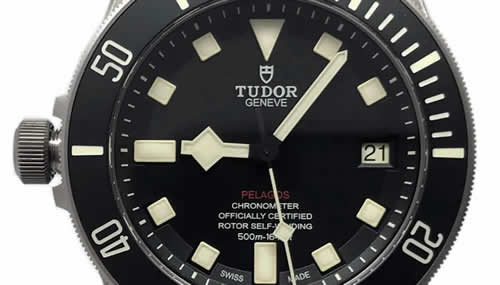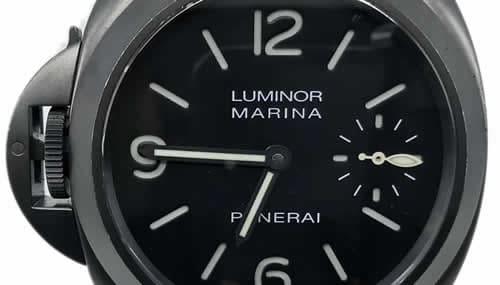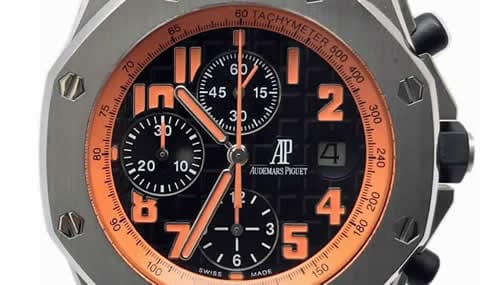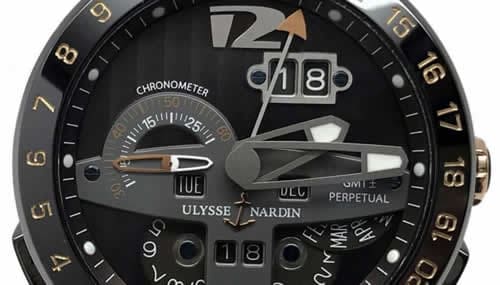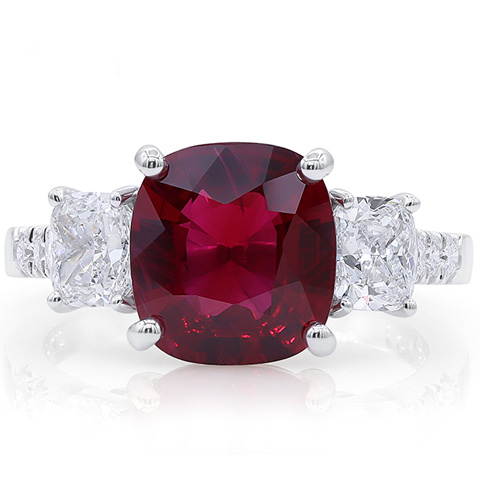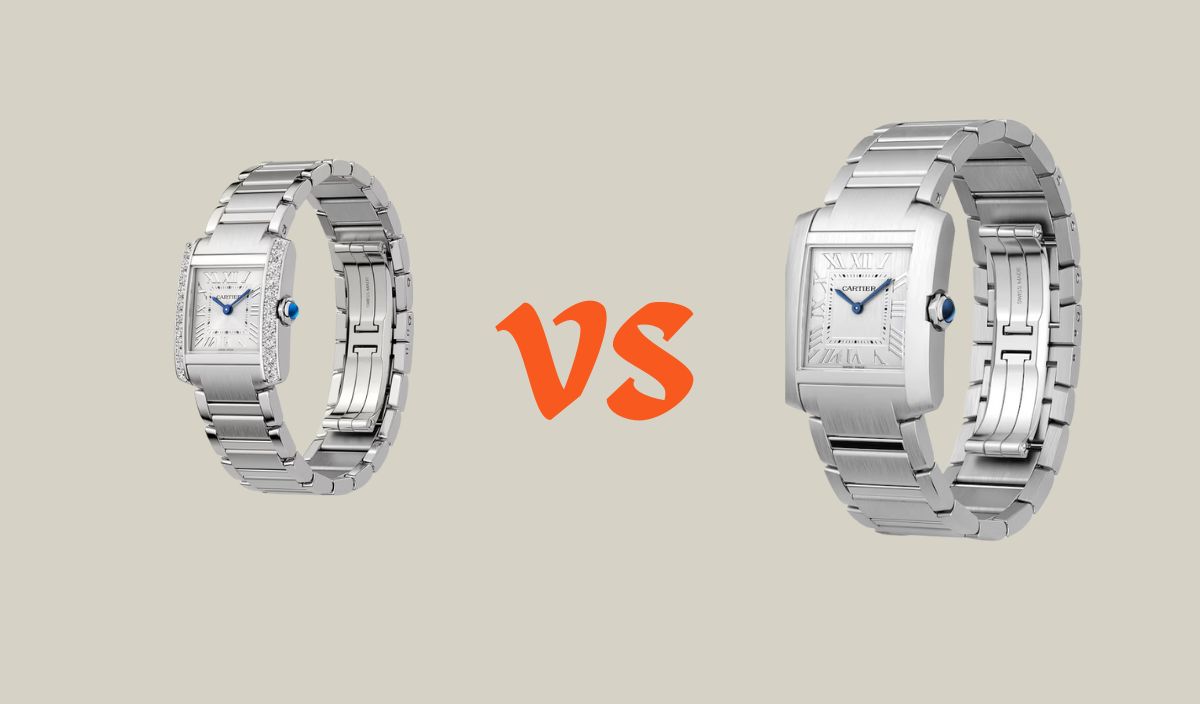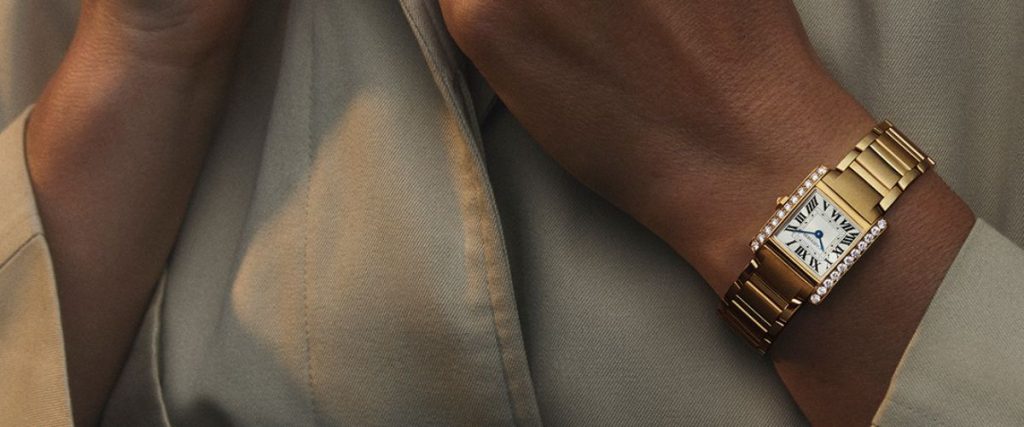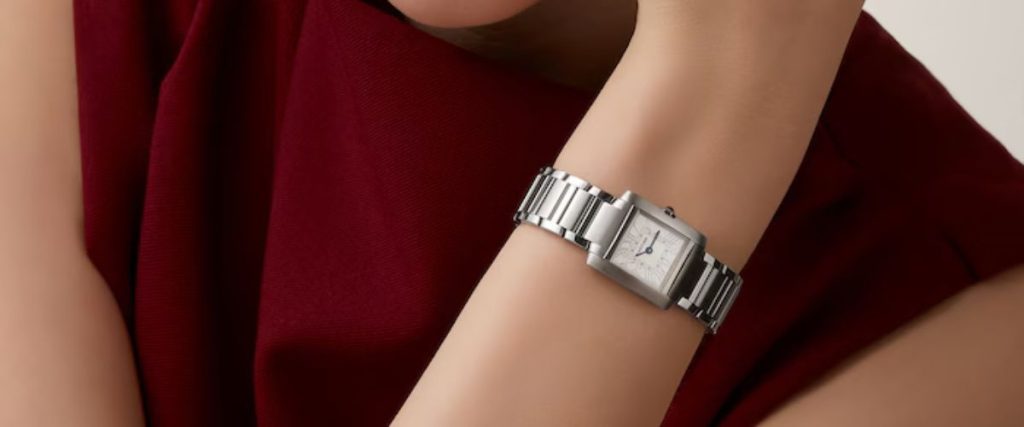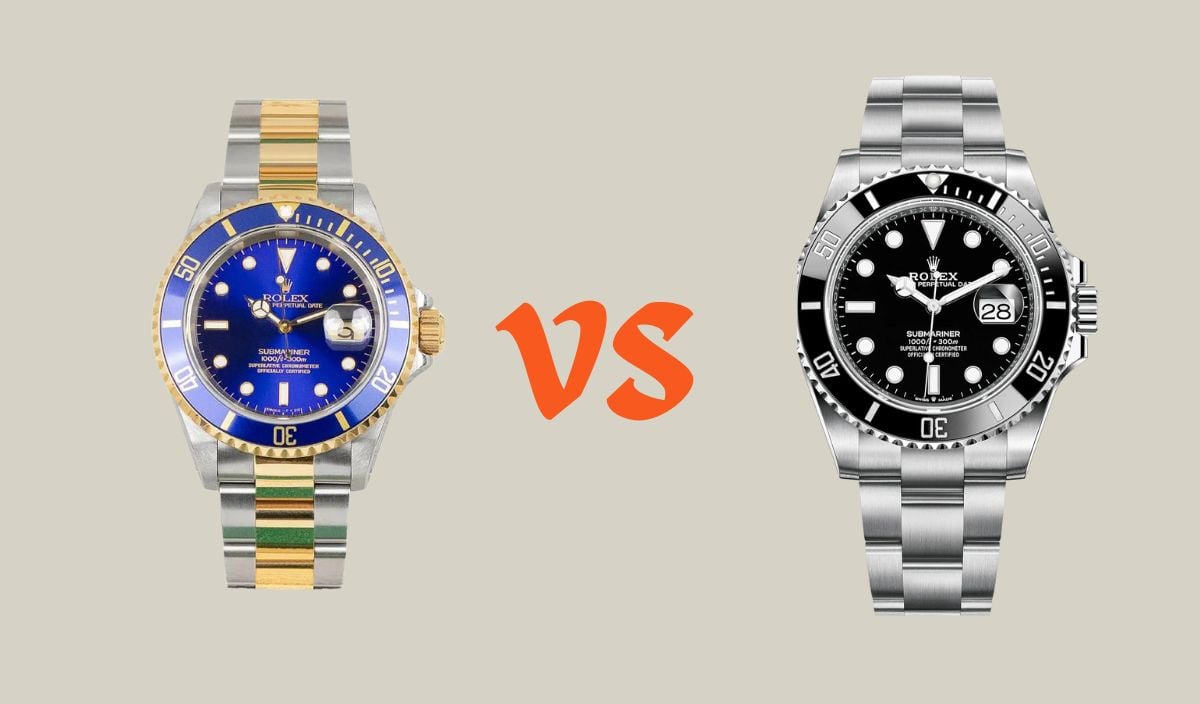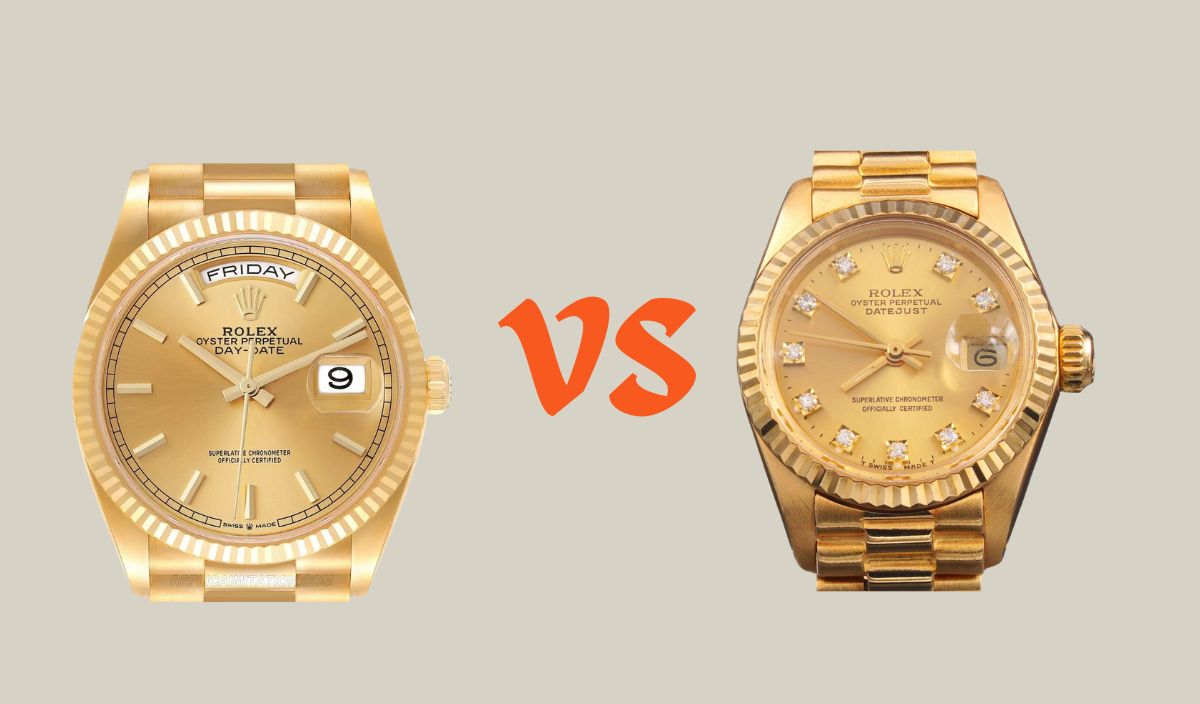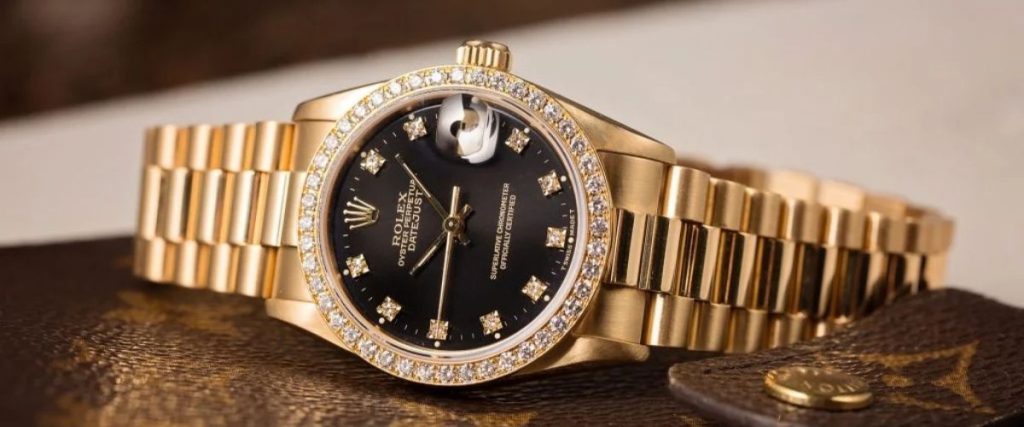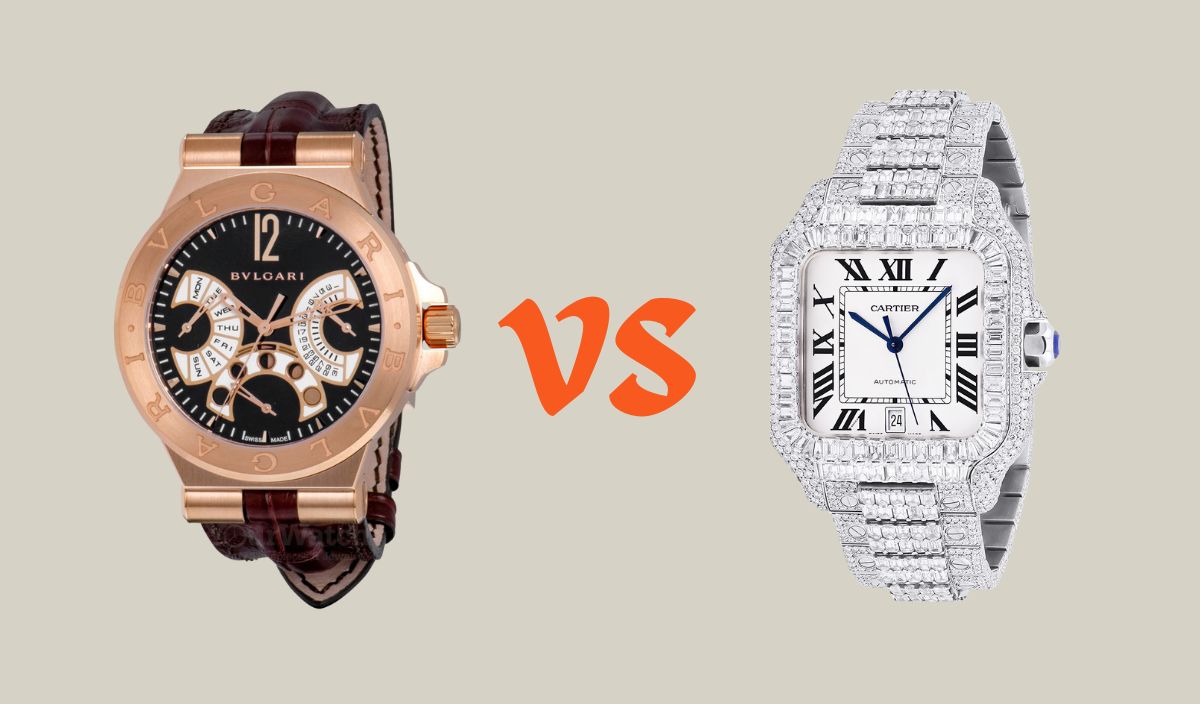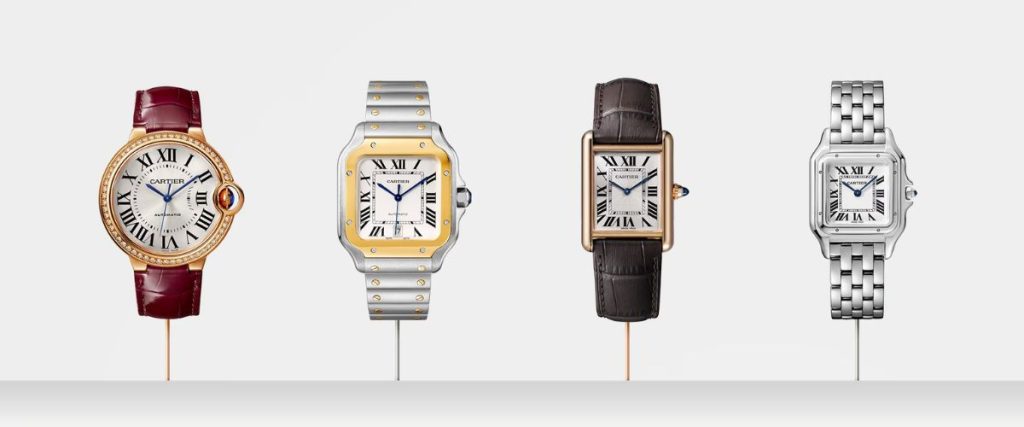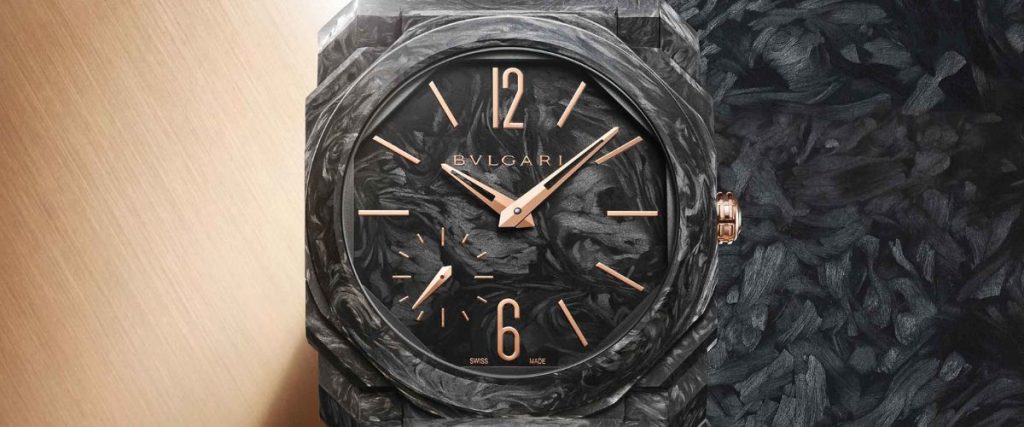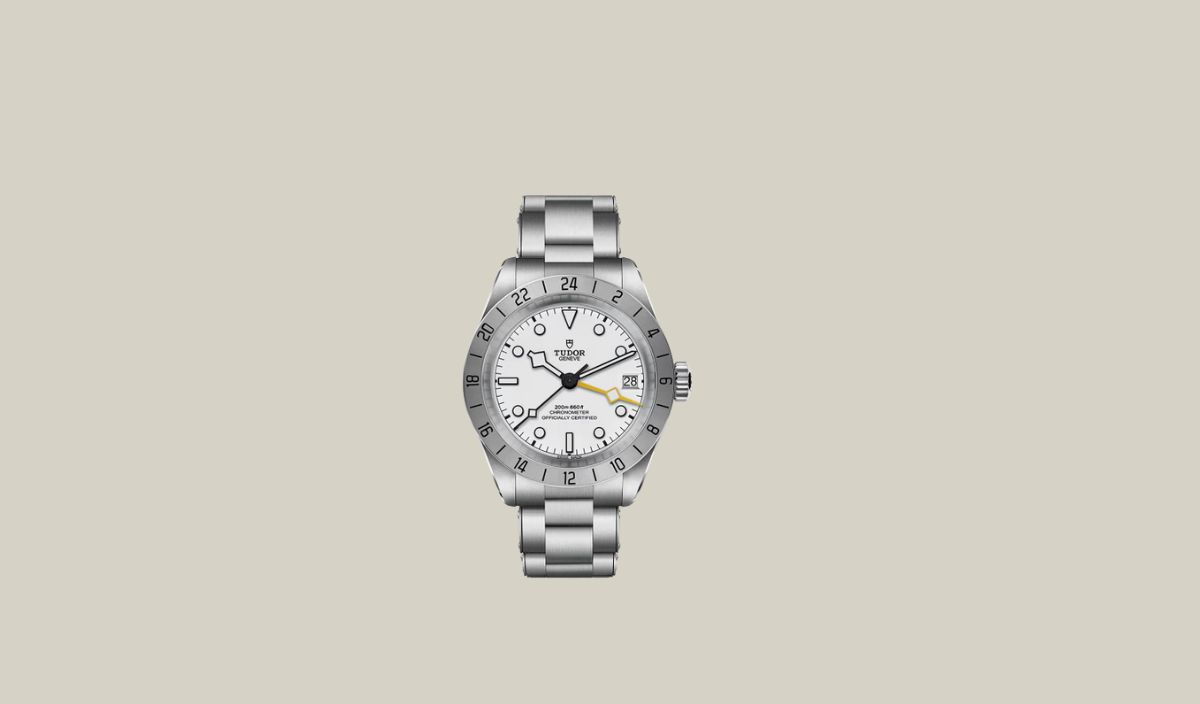
The Black Bay has gone through an influx of evolution over the years since it was originally released back in 2012. The first Black Bay releases received an incredible amount of praise for their old-school design, which partially helped upstart the trend of older-looking designs that swept the industry.
Tudor was very quick to capitalize on the raging success of this model, subtly tweaking the original design over the years to keep it in tune with the market.
Today, we will be looking at how the Black Bay evolved into the Black Bay Pro and what precise improvements were made to keep the customers happy while also building yet another identity that would further solidify the Black Bay name in greatness.
History
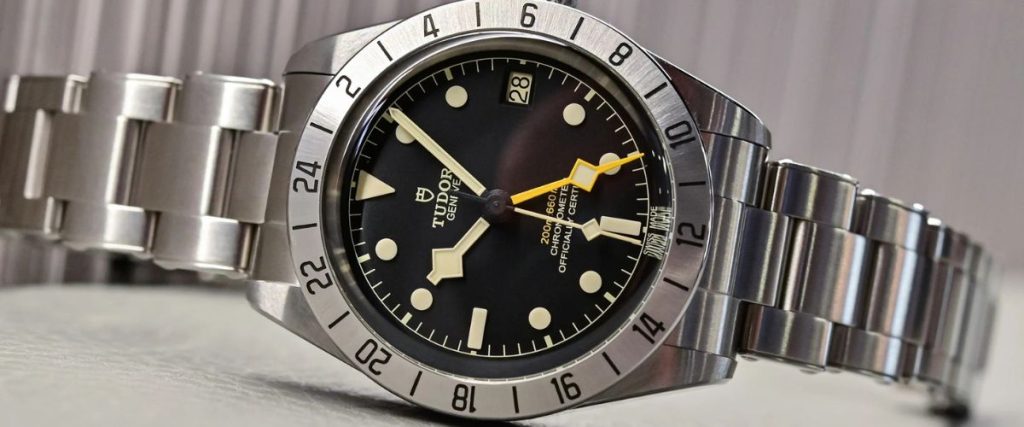
After the initial success of the original Black Bay release, Tudor put out numerous different color schemes for the piece, as well as switching the movement to the in-house Kenissi Caliber. Several tweaks and complications were added over time as well, causing the watch to be much more intricate and precise.
The main complaint that enthusiasts continued to nitpick about, however, was the sizing and dimensions of the case. Common consensus declared the 41mm case slab-sided, with measurements that didn’t meet the quota that similar style watches were exceeding.
Tudor then released the Black Bay 58 in 2018 with the same vintage appeal, but this time, they listened to critics and enthusiasts alike, equipping the 58 with a case that measured 39mm, with a thickness of 12mm, greatly slimming down the sizing and silencing the complaints. It took a very unique turn indeed that perhaps no one was expecting.
The changes seemed to have come out of left field, leaving the fanbase pleasantly surprised. Then, a few years later, in 2022, the Black Bay Pro was released, representing a brand new branch in the Black Bay family.
Case
I guess the first question is, what exactly makes a watch a “pro?” My assumption would be that it means a lot of different things to many different people, but whatever desirable traits you place a high priority over, the Black Bay Pro has become a very welcome addition to the Black Bay family, proving to have several unique character traits that stand out, while at the same time, leaning back on the original design to make old fans feel good about the new features.
The Pro, like the 58, gets a 39mm steel case. But unlike the 58, the Pro is a little thicker, measuring a little under 15mm thick. It is mostly brushed, with polished bevels that smooth out the metal, and the case back follows suit with the front as well, evenly polished to give a simple texture.
Remember, the primary focus of the Black Bay is to provide a vintage feel that pays homage to the simple design of older days. That’s why the fixed steel bezel is black-filled with a 24-hour scale that is reminiscent of the first-generation Explorer II reference 1655.
It is the star of the show on the case, no doubt; the thick black numbers blend quite nicely with the handsome radial brushing, adding another layer of smoothness that reflects back on the other features of the case as if it alone sets the tone.
While the aesthetic is nothing groundbreaking, it does exactly what Black Bay fans want, which will prove to be quite desirable in terms of pure looks. Another feature that the case brings to the table is the 200m water resistance made possible by the screw-down crown.
Diver fans will be pleased for sure, but it comes as no surprise to those who are familiar with Tudor divers, as they are known to be some of the most durable and protective pieces on the market.
Speaking of the crown, the Pro comes with an all-new crown design, where the thin profiled and aluminum tube of previous designs has been replaced by a classic, deeply notched crown that mirrors watches of days past.
It’s a very simple case. Classy and subtle, with no truly standout features. Yet, it proves to fit very well with the rest of the design, as you can definitely tell the kind of aesthetic Tudor seeks to create. In my opinion, they do a spectacular job of nailing that vintage feel, and older Black Bay fans will undoubtedly find the Pro’s case to be one of the most appealing designs created.
Dial
At first, the dial feels like yet another classic homage to older models. It has a matte-grained texture over a dark black color, serving as an effective backdrop for the more notable features.
The railroad minute track and applied markers scream sophistication as they have a cream color that feels very familiar, with the thick shapes holding true to that classic Tudor feel.
The dots, rectangles, and triangles are made of thick ceramic material that displays the simplistic nature of the design, complementing the same familiarity that fans will undoubtedly notice. The hands and indices also come with a 3D effect, enhancing the aesthetic with an increased sense of technicality.
One of the best features of the Pro is the independent 24-hour hand that can be used to display both an additional time zone and whether it’s day or night.
This yellow snowflake hand is very noticeable, bringing the real GMT function to life, and the date window that accompanies all real GMTs is positioned at the 3 o’clock.
The domed profile of the dial will undoubtedly turn heads. It definitely helps that the dial complements the smooth nature of the bezel so well, as, in my opinion, the bezel is the true aesthetic star of the show. The dial’s black and cream colors are divine and breathe another element of classic vintage elegance that rounds out the dated feel.
It also feels very fresh, a new take, if you will, on a design that is well-known across the industry. My favorite aspect of the dial is, without question, the cream-colored snowflake hands, as they provide such a distinguished layer of detail to the canvas and effortlessly elevate the entire aesthetic.
The impressive package brought to the table holds true, as I view the dial as the innovative leader of the piece, setting in motion all of the other features to give them their own spotlight. Again, is it too flashy? Absolutely not. Is it bold and bright?
Not in the slightest. But its smooth nature seems all the more luxurious when all of the features are brought together to be admired under the same light, and the dial serves as the centerpiece that connects all the dots.
Movement
Inside the Pro is the same movement as the Black Bay GMT, the Calibre MT5652 made by Kenissi, a long-time Tudor associate. It’s an automatic movement that is chronometer-certified by COSC and comes equipped with an anti-magnetic silicon hairspring.
This causes the Pro to beat at 4Hz and stores up to 70 hours of power once fully charged. Tudor’s commitment to relentless precision holds true for the Pro, as it comes with an accuracy rating of -2 and +4 seconds.
Straps
Many strap options accompany the Black Bay Pro. First, you have the steel bracelet, which will prove to be the most relevant due to its classic profile that pairs nicely with the rest of the casing. It features entirely brushed flat surfaces and a folding clasp with a T-fit micro-adjusting system.
The Pro is extremely comfortable, following the same reputation as other Black Bays. While not exactly a thin watch, the Black Bay Pro manages to wear like one, as some of the highest praise I could find concerning this piece is the extreme flexibility in sizing and how it fits nearly everyone.
The Pro is also available with a hybrid strap in black rubber and fabric with a folding clasp or with a black-and-yellow Jacquard fabric strap that aims to be a little more classy. For me, the obvious choice would be the steel bracelet, though the other variants don’t look bad by any means.
It just seems like the Pro was designed to be fitted with a bracelet of the same material and that any other attempt to do something different would look out of place.
Of course, there will be some of you who prefer the fabric straps, and I will say, depending on the sizing, the strap does make the watch appear a little slimmer, which could be a big enough reason to go for a different fit.
Needless to say, alternative straps could provide numerous benefits, depending on the wearer’s preferences and style.
On the Wrist
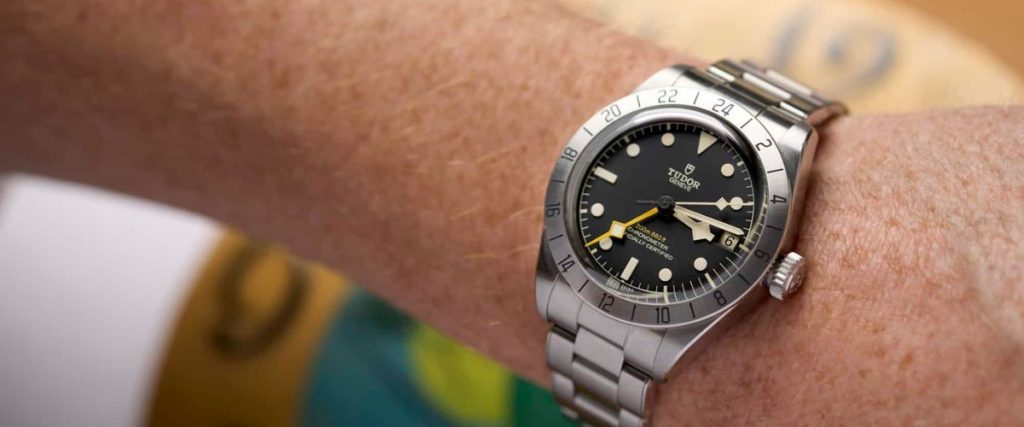
This is one of those watches that you’re supposed to wear every day. To be honest, there’s not really an appropriate time to take it off other than when you go to sleep at night.
Because of the incredible water resistance and industrious protection of the case, the Pro can withstand any climate you find yourself in, all while maintaining stupifying accuracy. It’s all too familiar.
We’ve seen these kinds of pieces before, especially from Tudor, and they never cease to impress. I find that watches that take the best values from multiple different departments (aesthetics, functionality, durability, etc.) prove to be among the greats that outlast the test of time, all the while building their own cult following.
While I wouldn’t say that the Tudor Pro takes a dramatic step away from similar models, it is a very welcome addition to the family that makes subtle improvements here and there and will appeal to fans who are previously familiar with the quality that Tudor produces.
As far as fashion goes, it will be more difficult to talk about what this watch doesn’t go with. In other words, you’re going to have a tough time making this watch look bad. The subtle colors can pair with any outfit, either serving as a pleasing contrast or a nice complement to any shirt or top.
I guess my only minor complaint aesthetically would be the bright nature of the GMT hand that looks a little out of place when compared with the lighter cream shade of the minute and hour hands. I understand the direction, but (at least when looking at this watch up close) it is a little distracting.
The good heavily outweighs the bad, though, as I believe this watch demonstrates one of the most effective designs that watchmakers can hope to achieve—that being a subtle nature and a vintage feel. The steel is smooth, the dial is rich, and the tone is old-fashioned, which is right up my alley for favorable looks.
It fits very well, too, and is about as subtle as heavy-duty divers get (though it somehow feels wrong to label this watch as a heavy-duty diver). It’s just heavy enough to remind you that it is there and what it is capable of, but at the same time, the comfort assures an all-day wear that never irritates or aches your wrist.
All in all, this is a wholehearted recommendation that will work for just about anyone, no matter your style. No matter your preferences, I believe there is something here for anyone to enjoy, and I’ve yet to unveil the best part of this watch that will make you fall even more in love: the price.
Pricing and Availability
For the non-steel straps, the Black Bay Pro comes out to an even $4,050, and for the steel bracelet, the price jumps up to $4,375. All in all, it is an incredible price for what you get, not to mention that used pieces typically range anywhere from $3,700 to $4,000, depending on the condition.
You can find the Tudor Black Bay Pro from Tudor authorized dealers, like Exquisite Timepieces. We only ship to the US and are authorized dealers, ensuring a 5-year warranty directly from Tudor.
Conclusion
So there we have it. The Tudor Black Bay Pro is quite an achievement, serving as one of the many statements of elegance and precision that Tudor prides themselves on, thriving from the designs of the past to create something spectacular.
There are not too many instances where a watch can suit literally anyone, but the Pro blows away expectations. I believe Tudor set out to create a piece with everyone in mind, taking into account what worked in the past and what exactly they needed to improve. We are left with a masterpiece, which only makes you wonder what else Tudor has in store for us as their reign on the market continues.
If you are hesitant about pulling the trigger or are in the market for a watch of this caliber, I can’t encourage you enough to go for it; you will not be disappointed.


